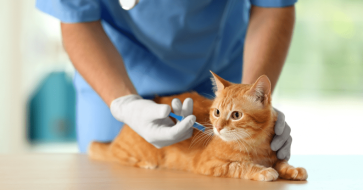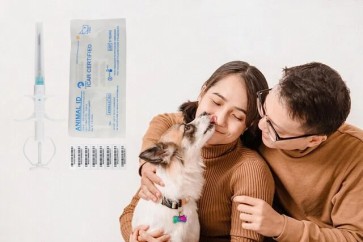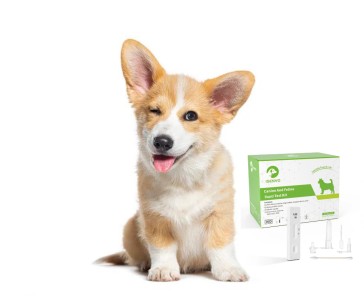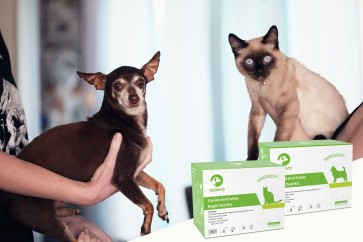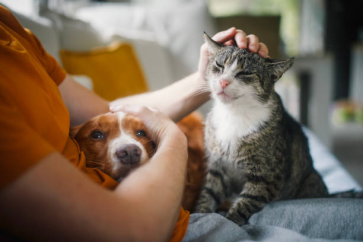As a responsible cat owner, understanding common feline diseases and their prevention is essential to keeping your furry companion healthy and safe. Feline Calicivirus (FCV) is a highly contagious virus that primarily affects a cat’s respiratory system and oral health. While not zoonotic (it cannot spread to humans), FCV can cause significant illness—especially in kittens, older cats, or immunocompromised pets.
This article explores how FCV affects cats, how it spreads, its symptoms, and the importance of rapid testing using tools like the Taeing FCV Ag Rapid Test Kit to ensure timely care and prevent outbreaks.
What Is Feline Calicivirus (FCV)?
FCV is a common viral infection in cats that targets the upper respiratory tract and





